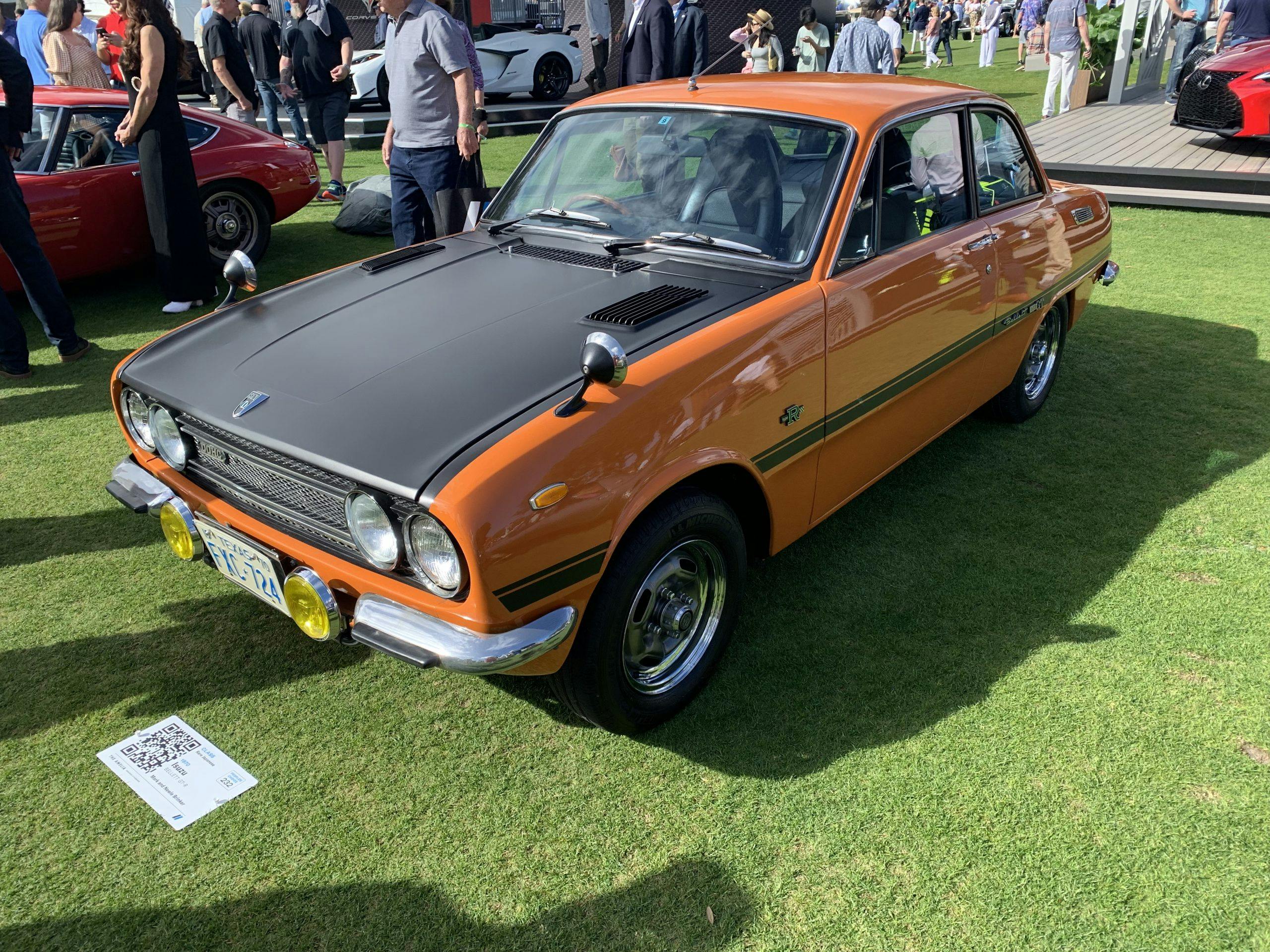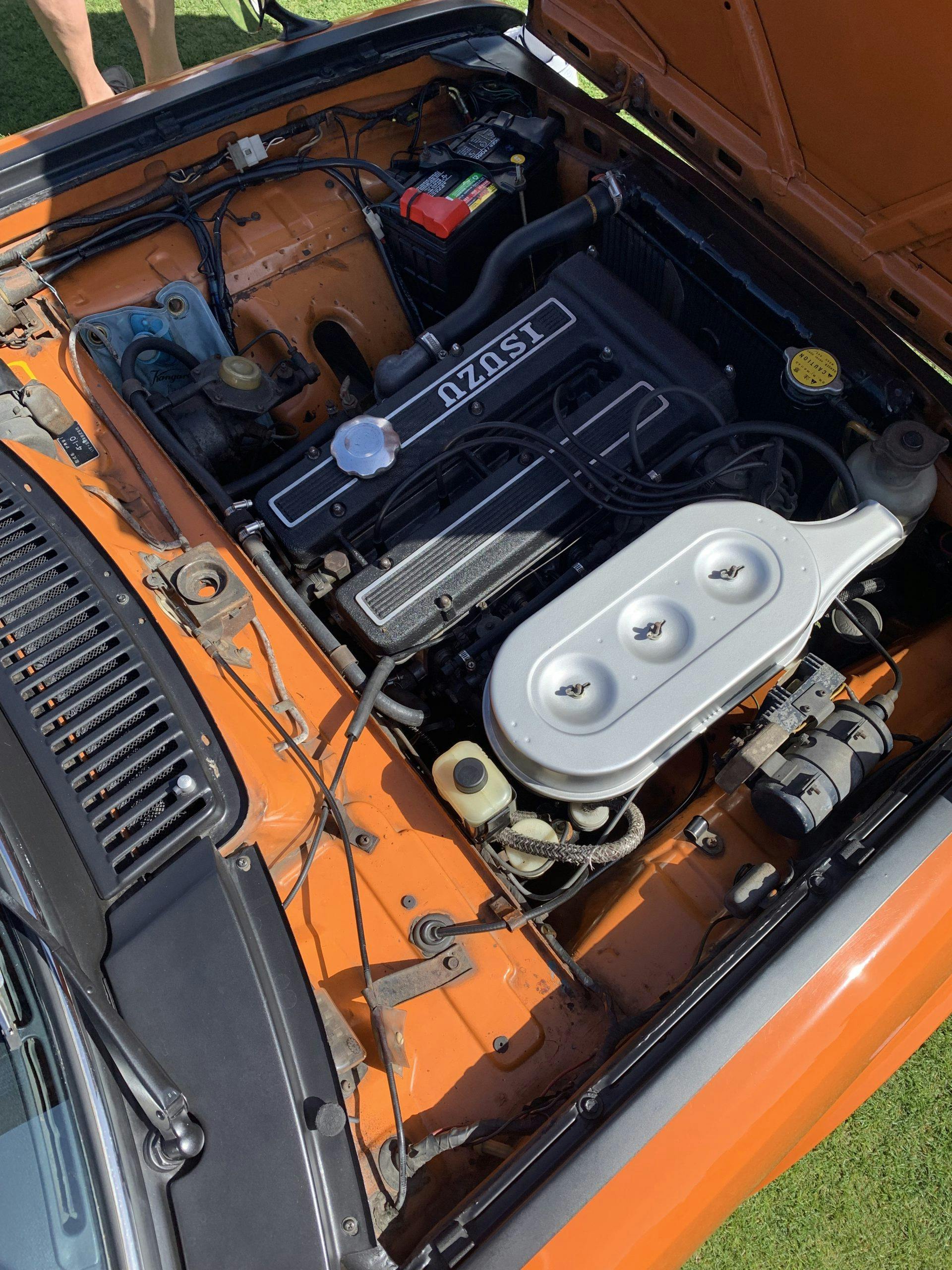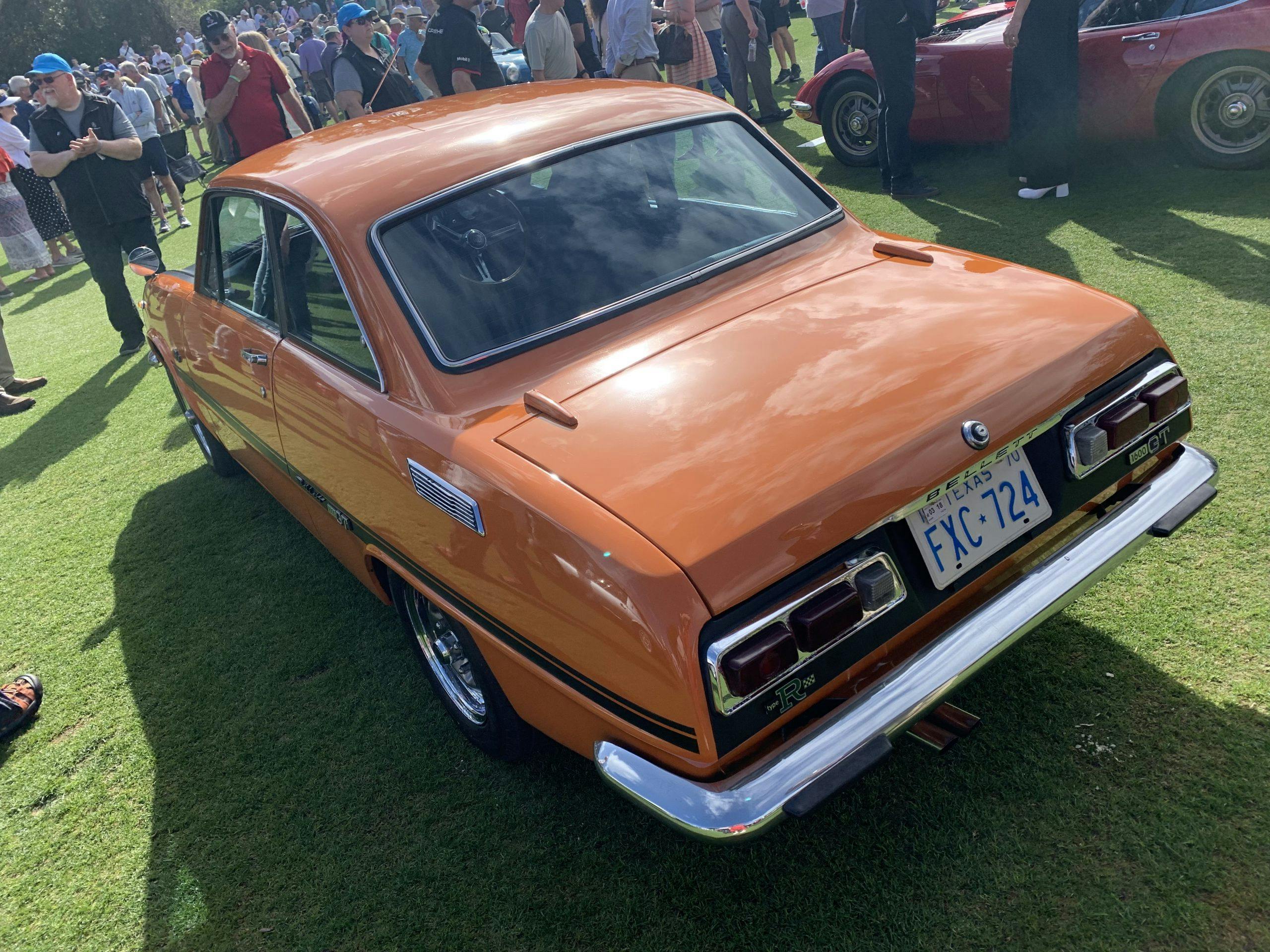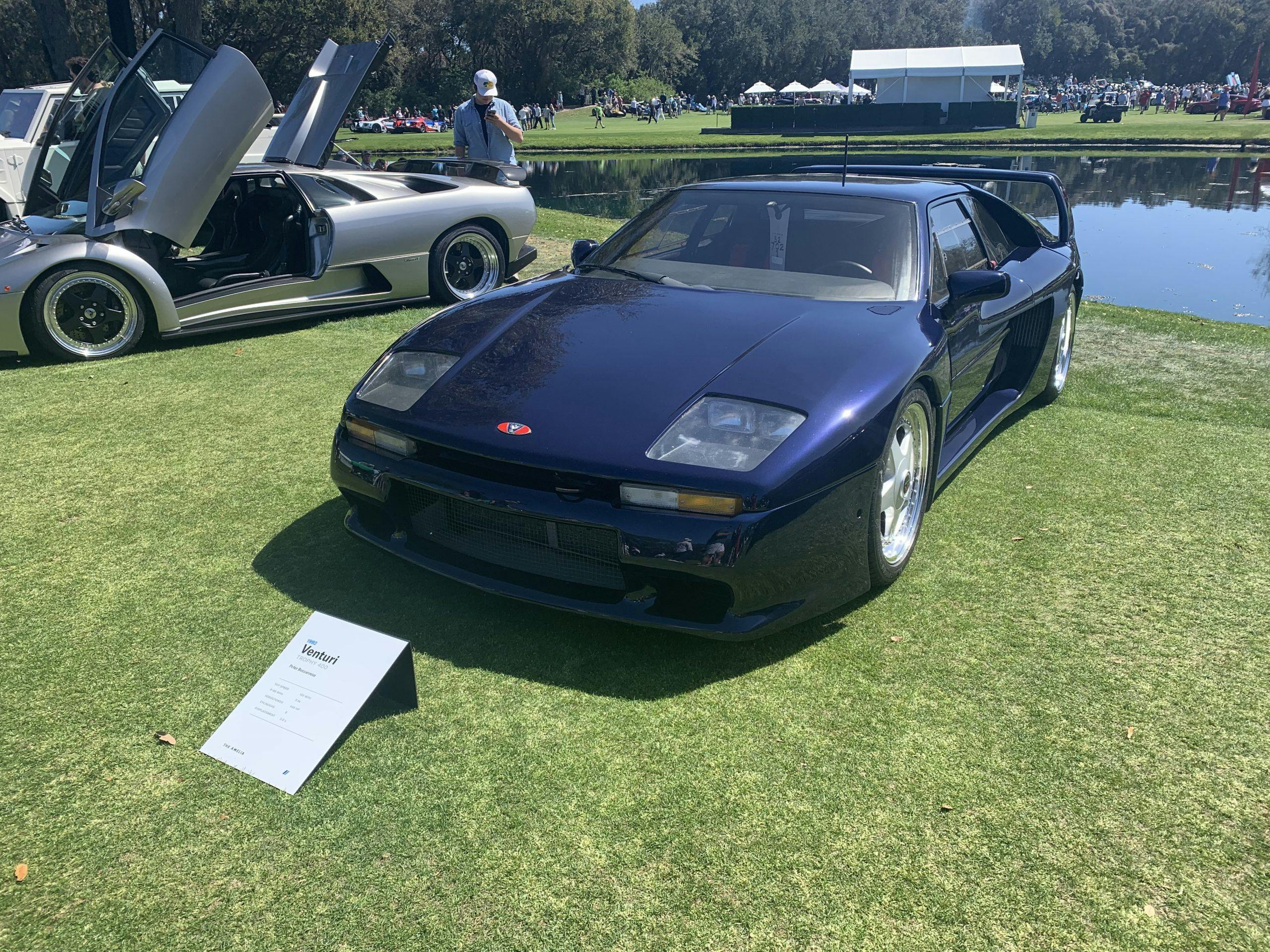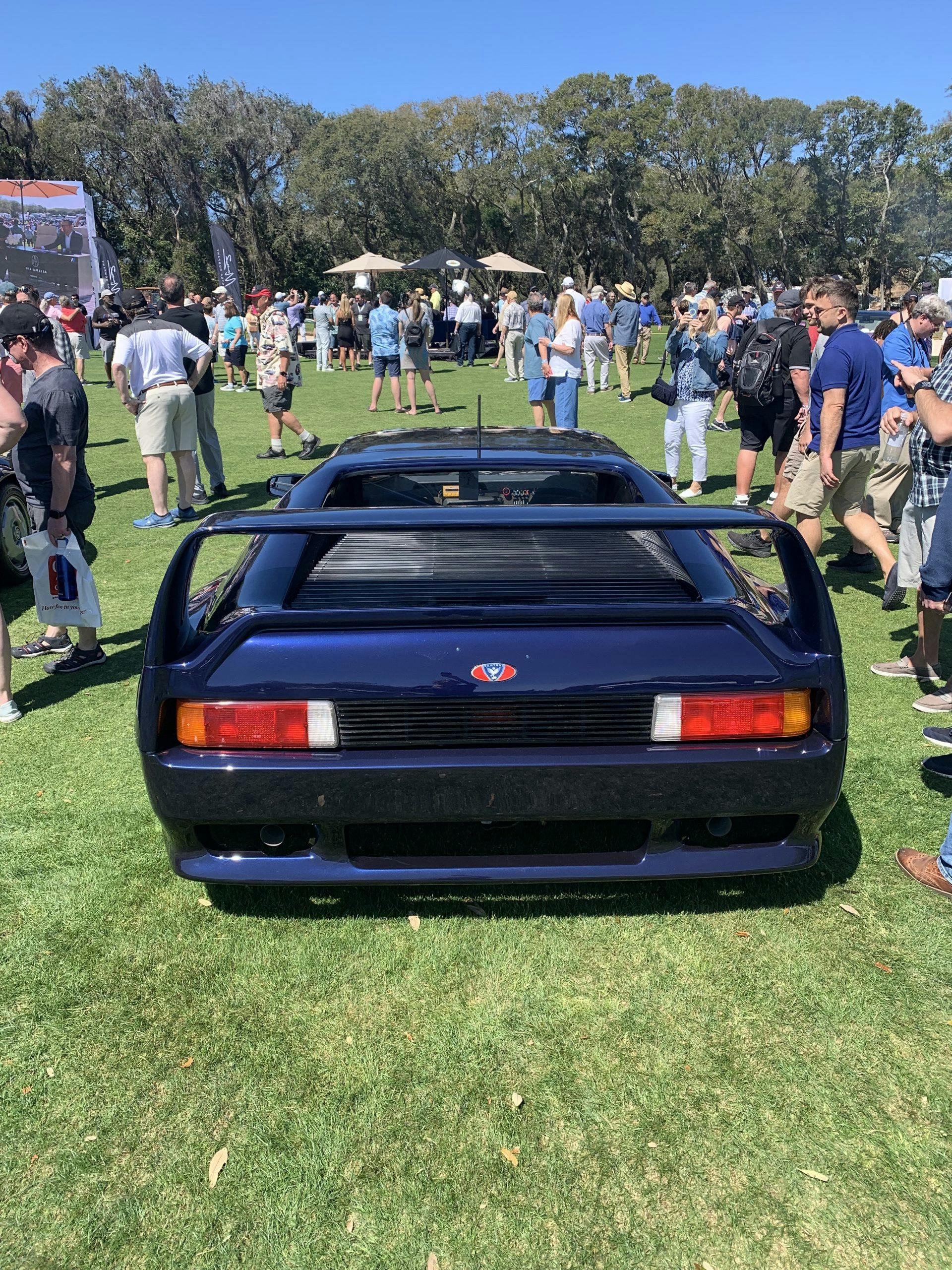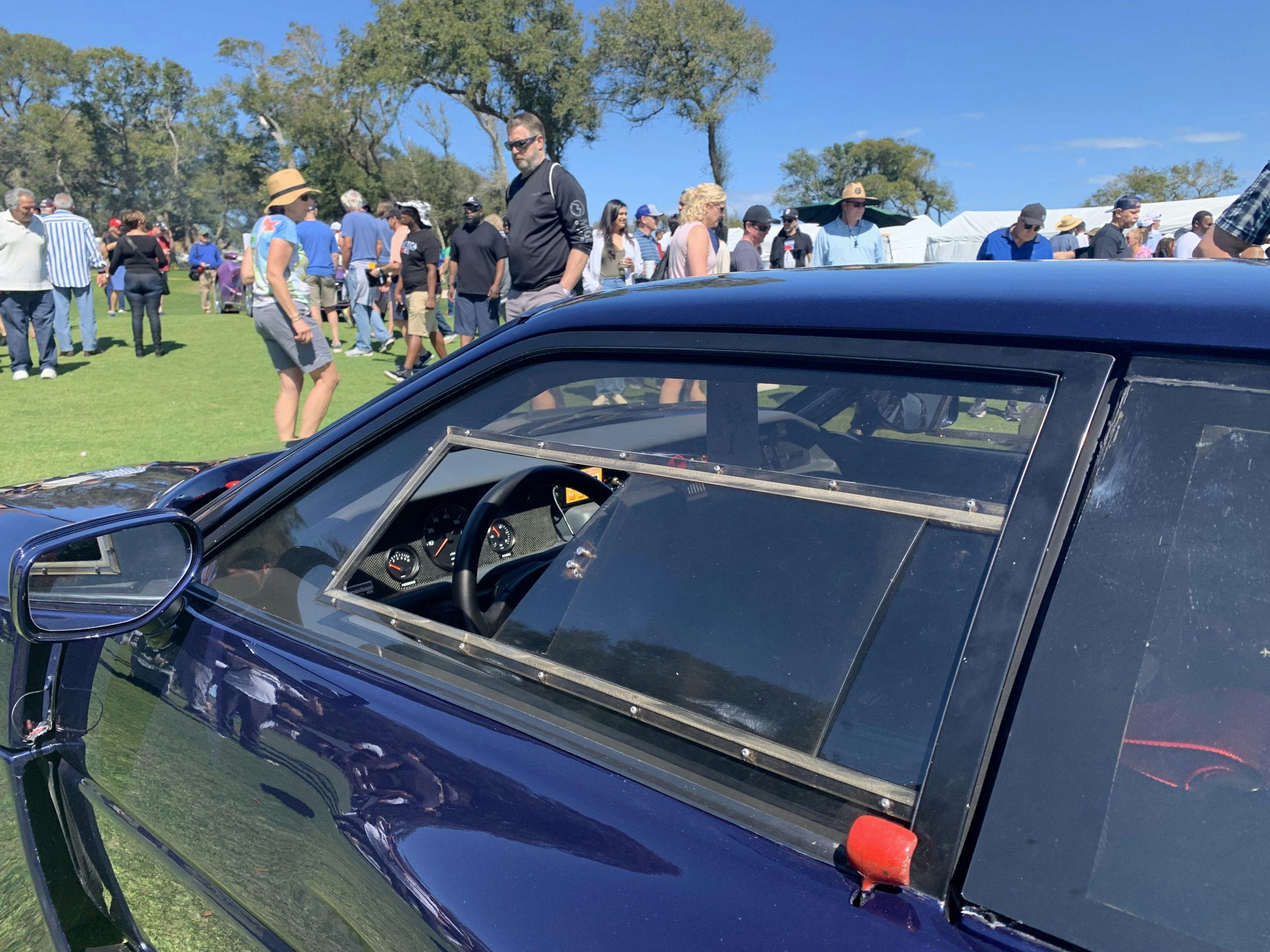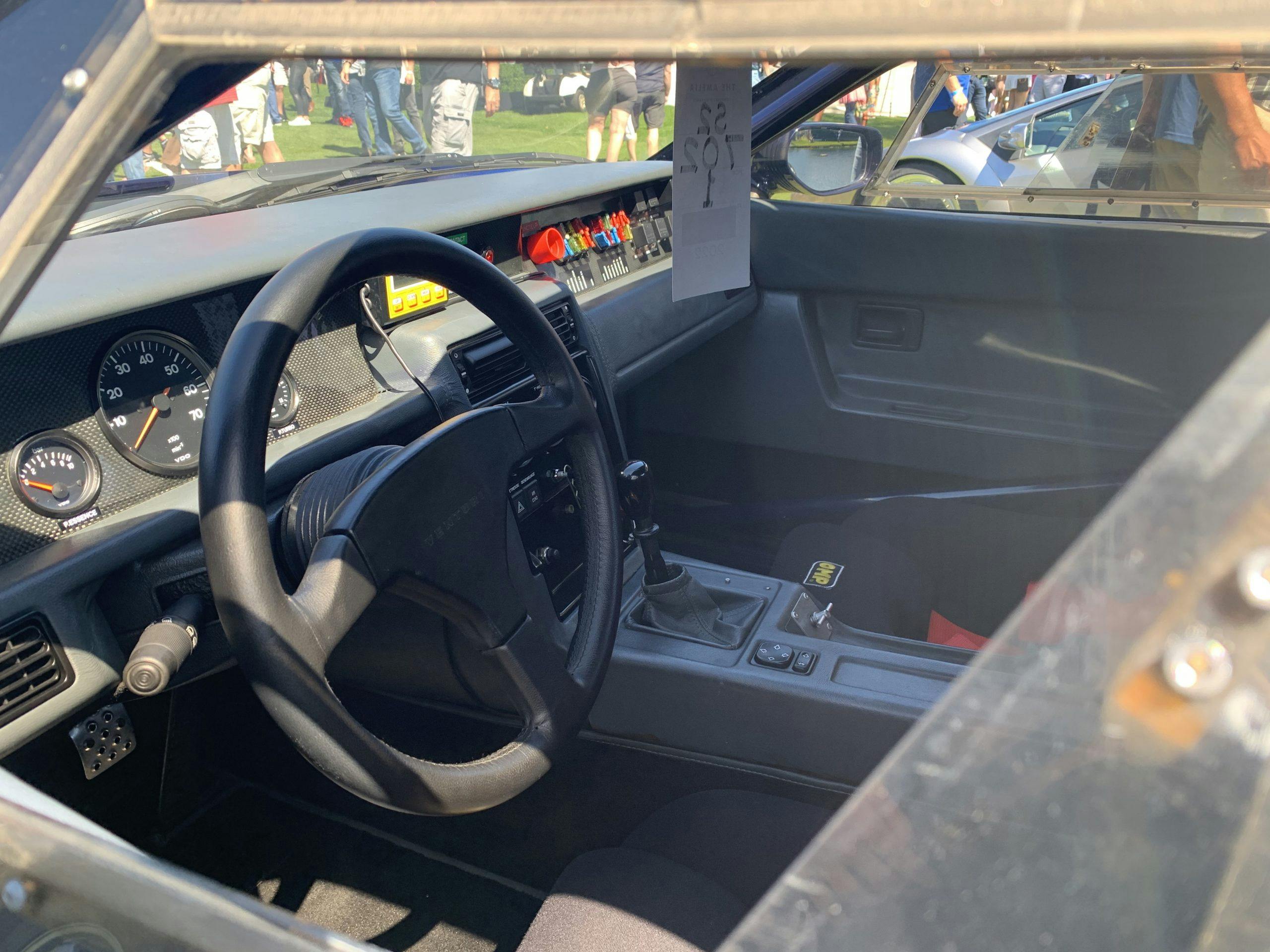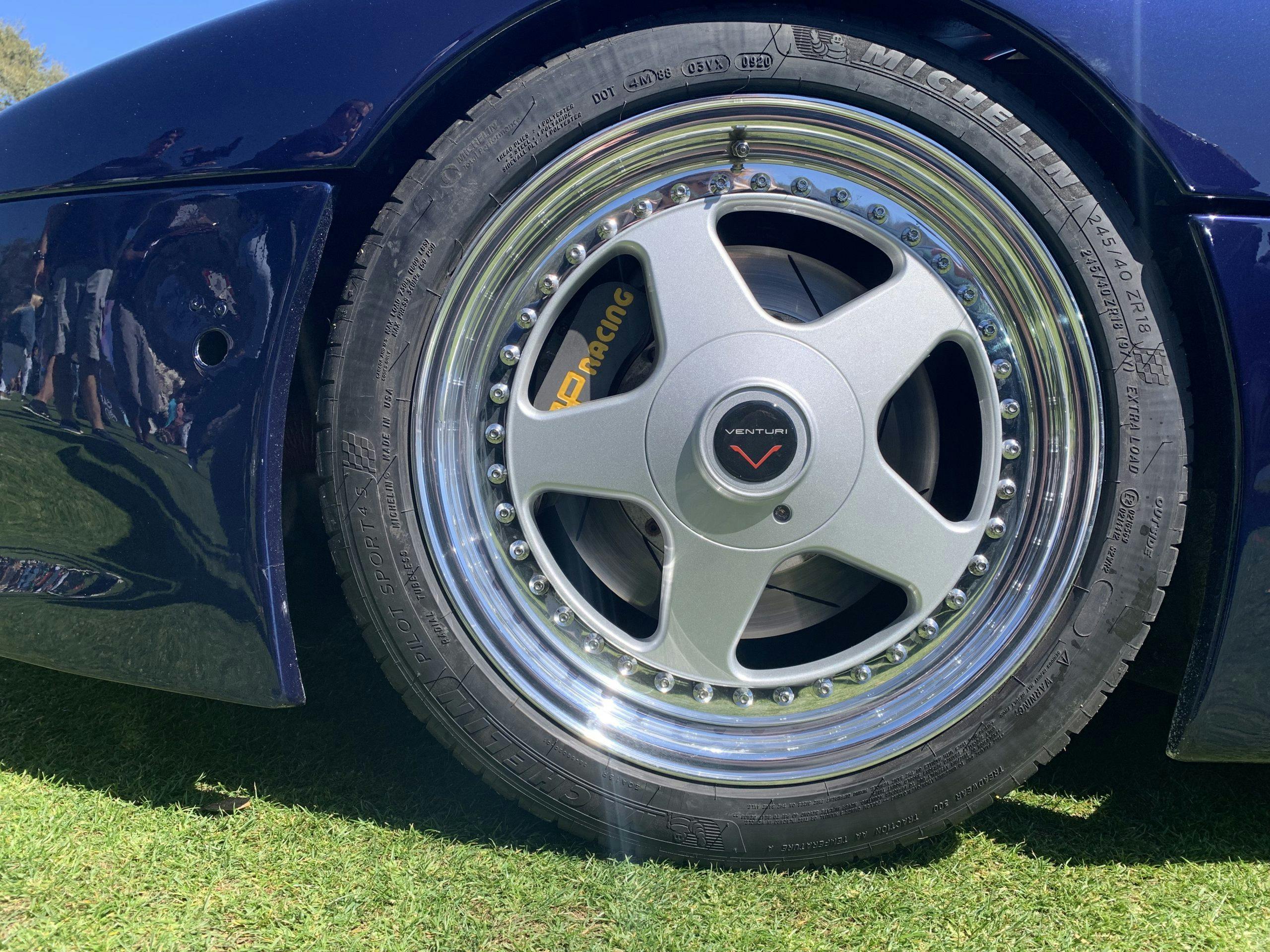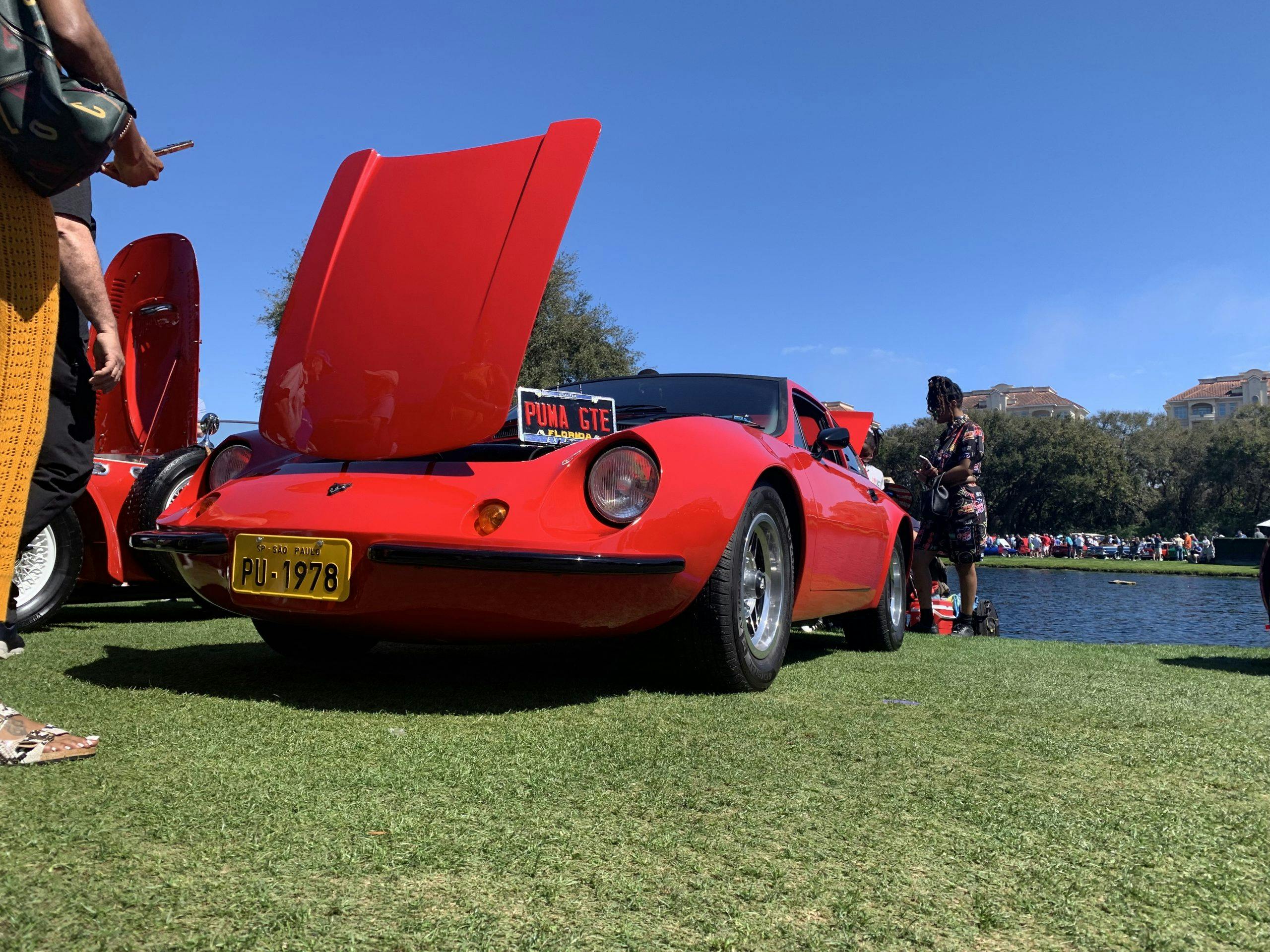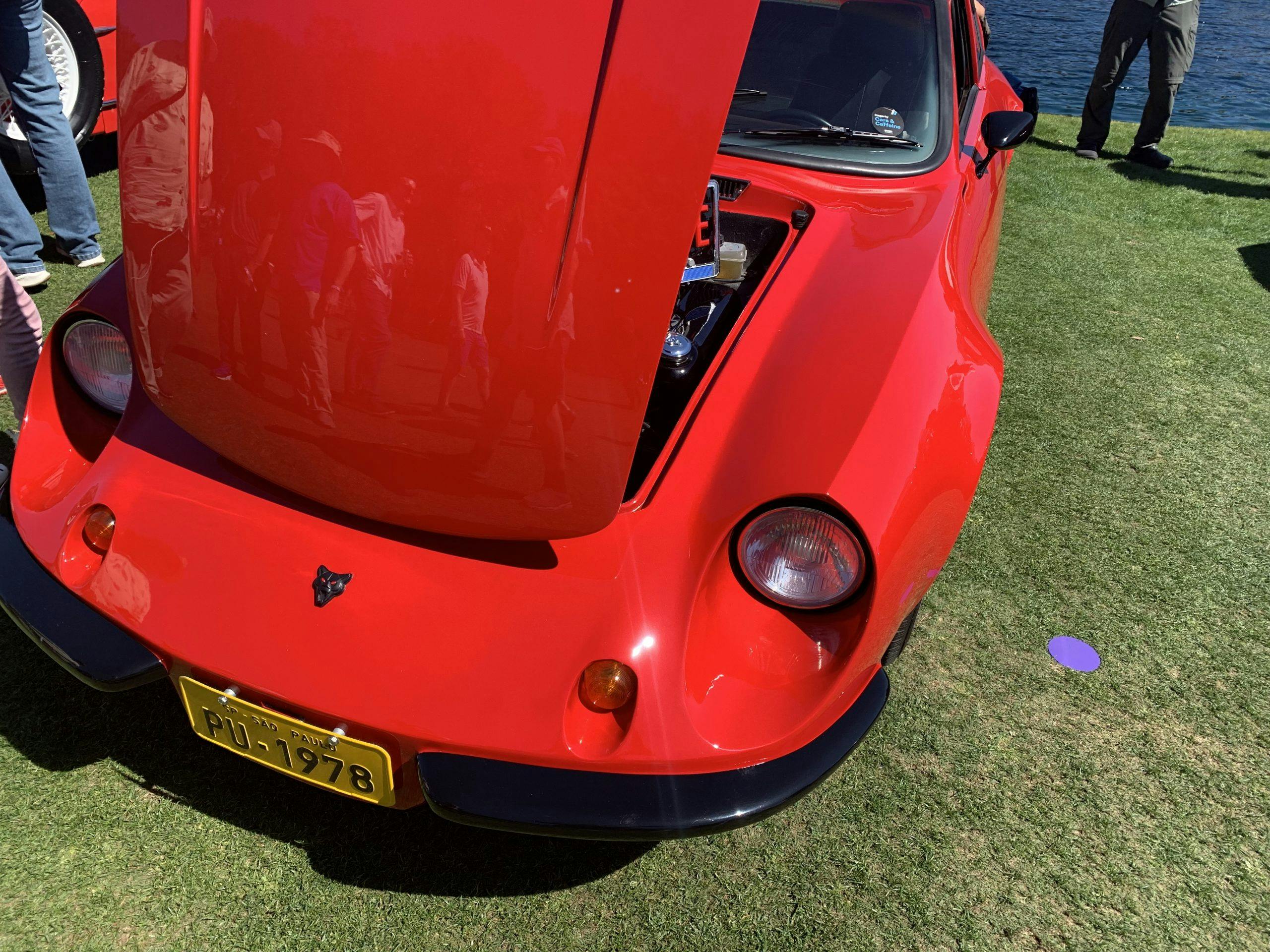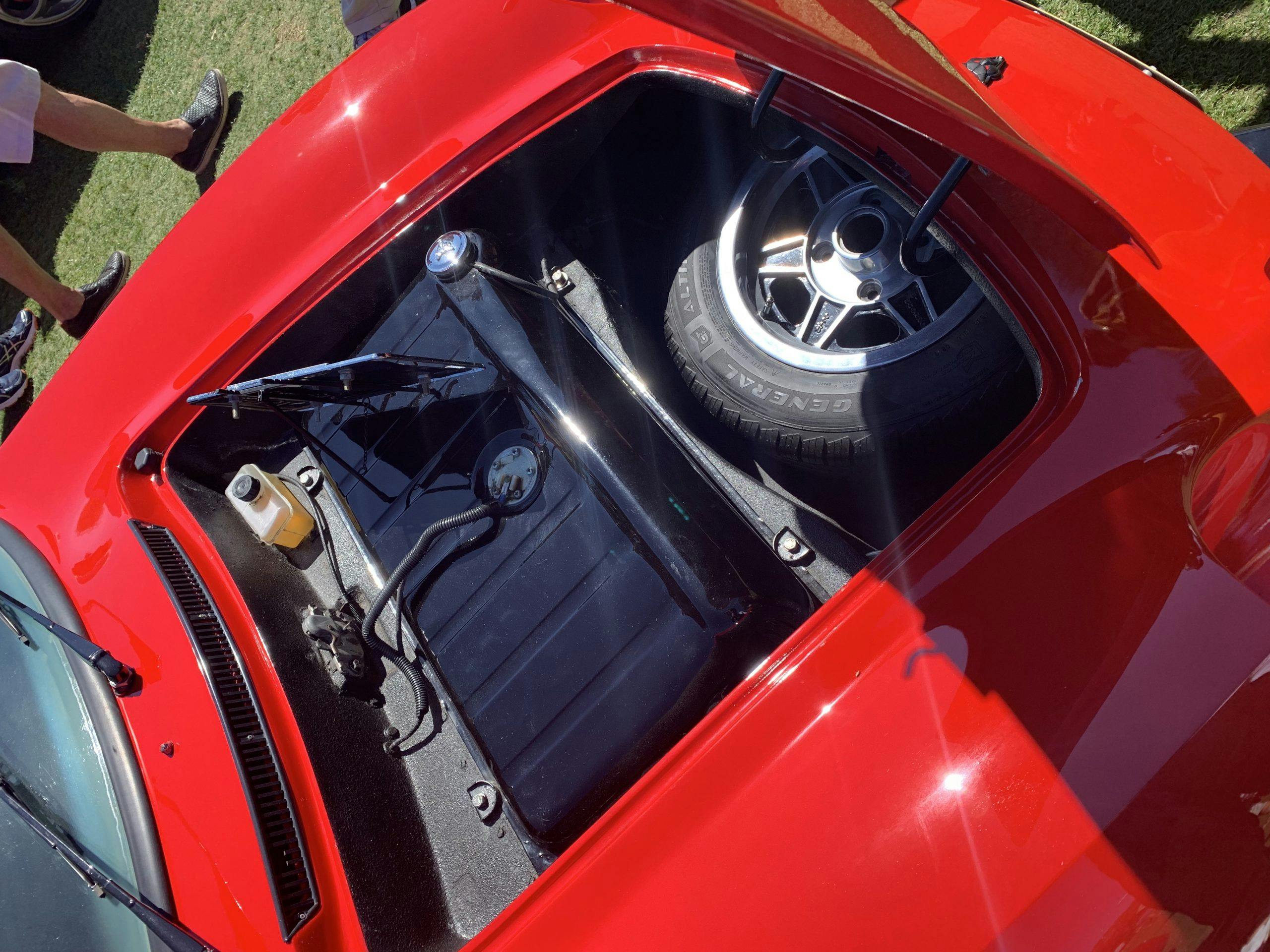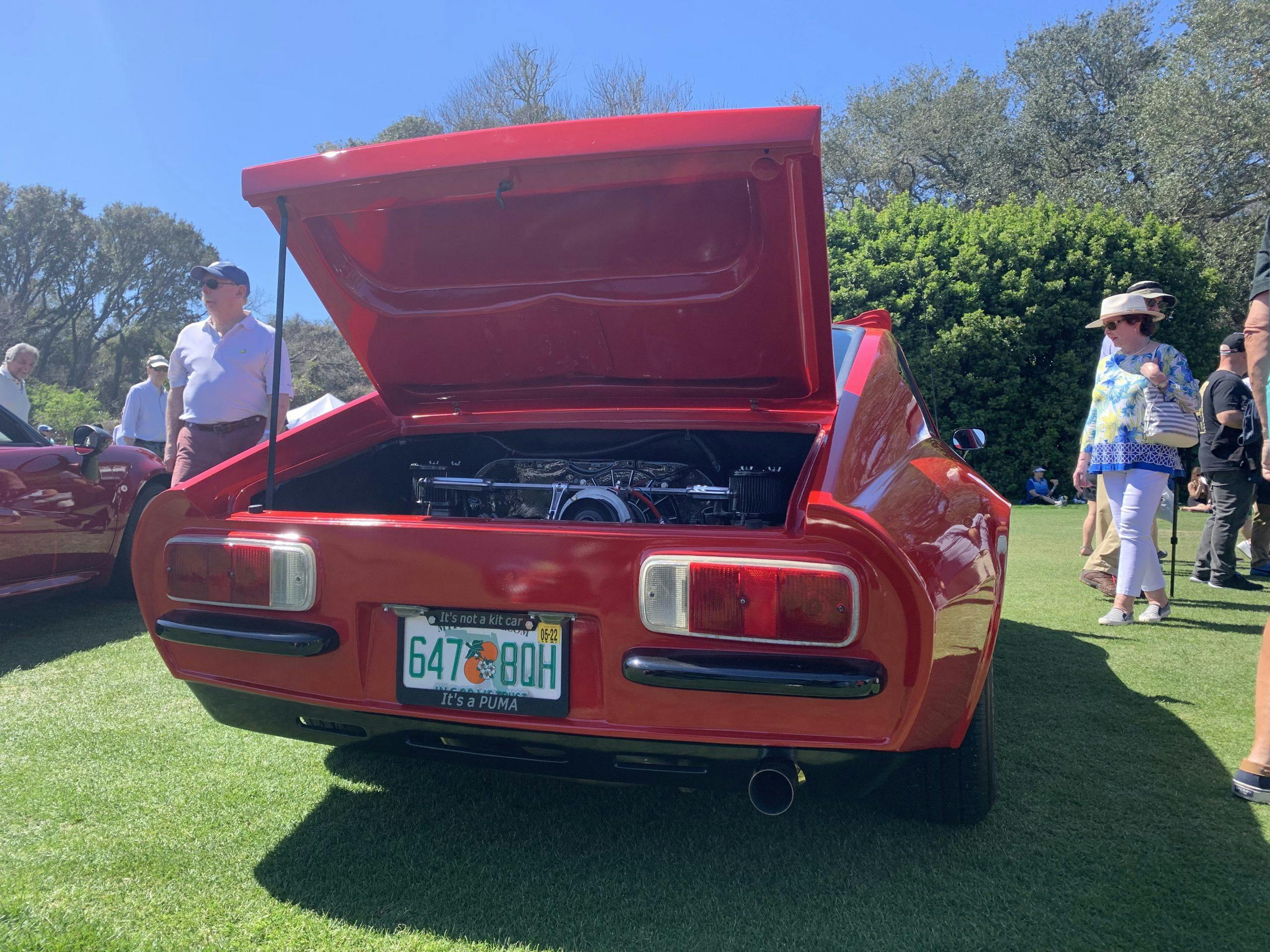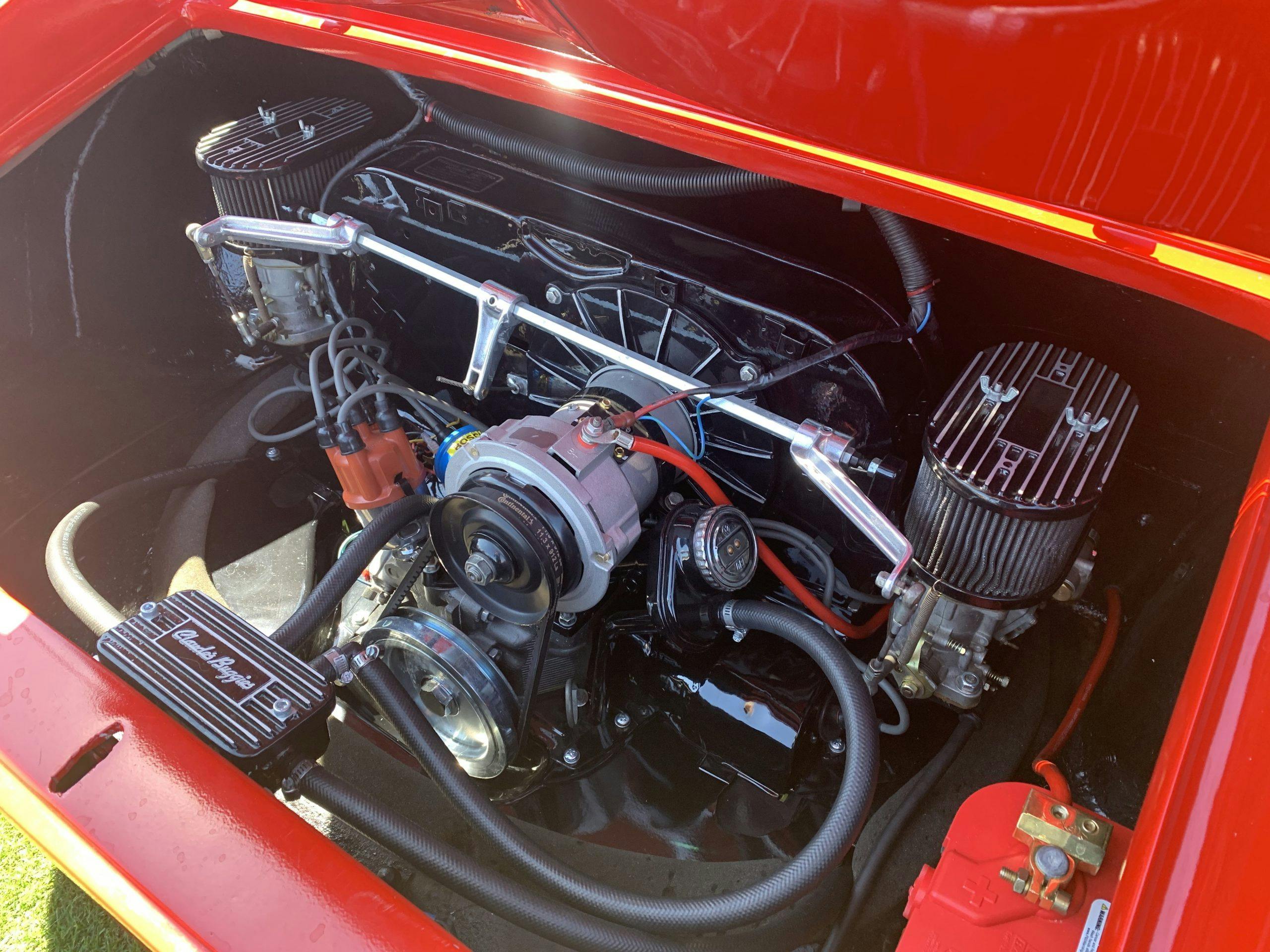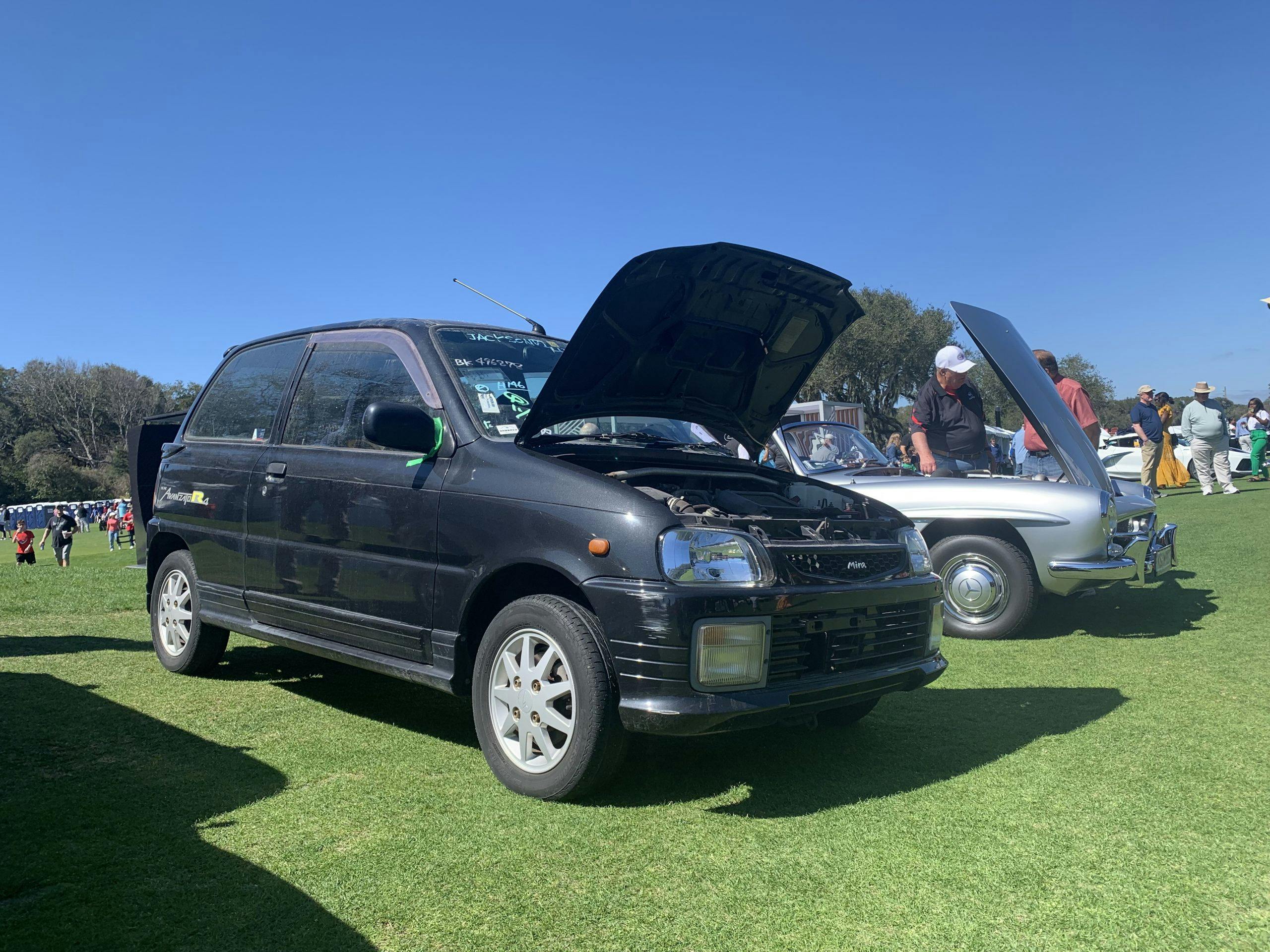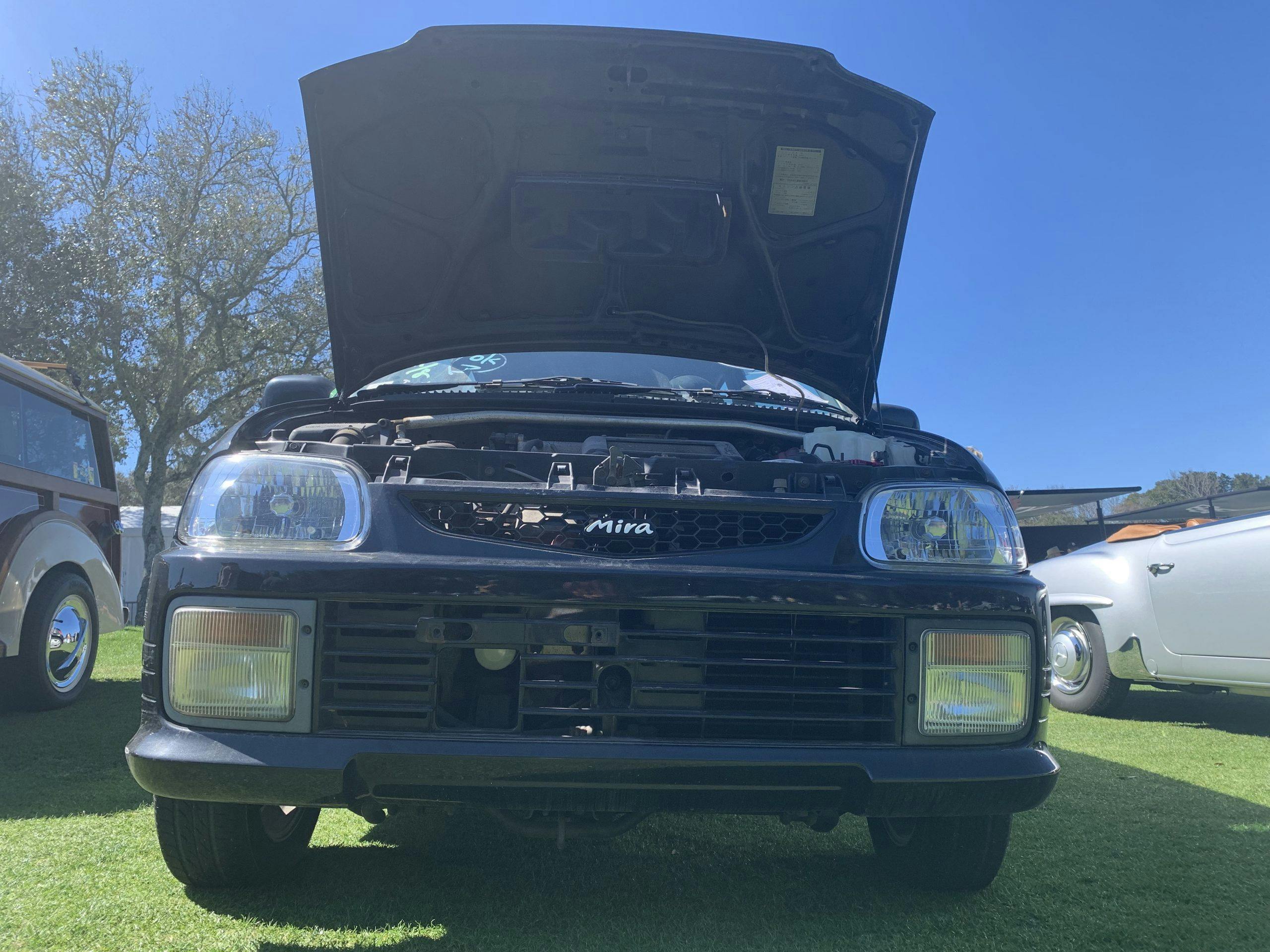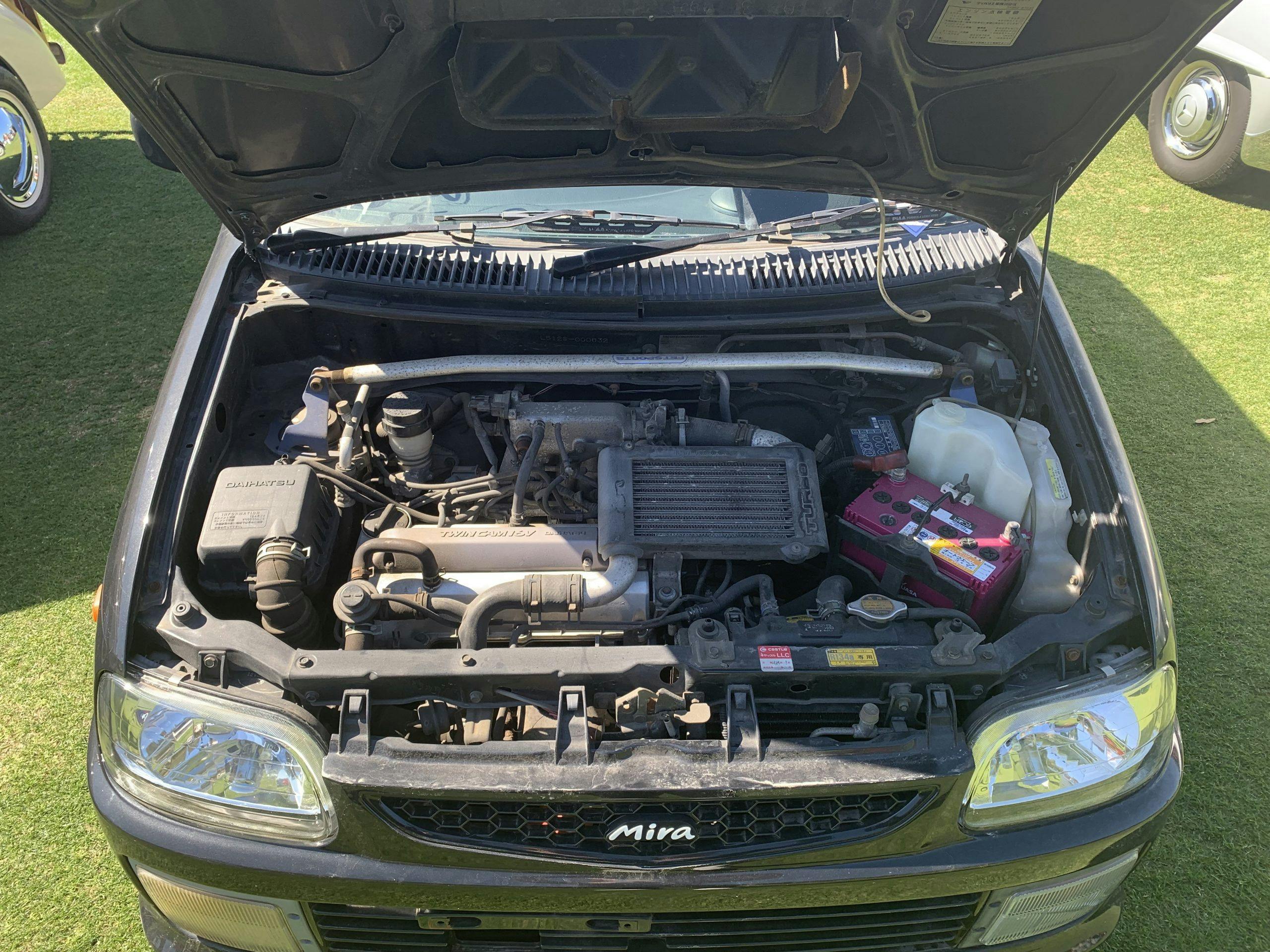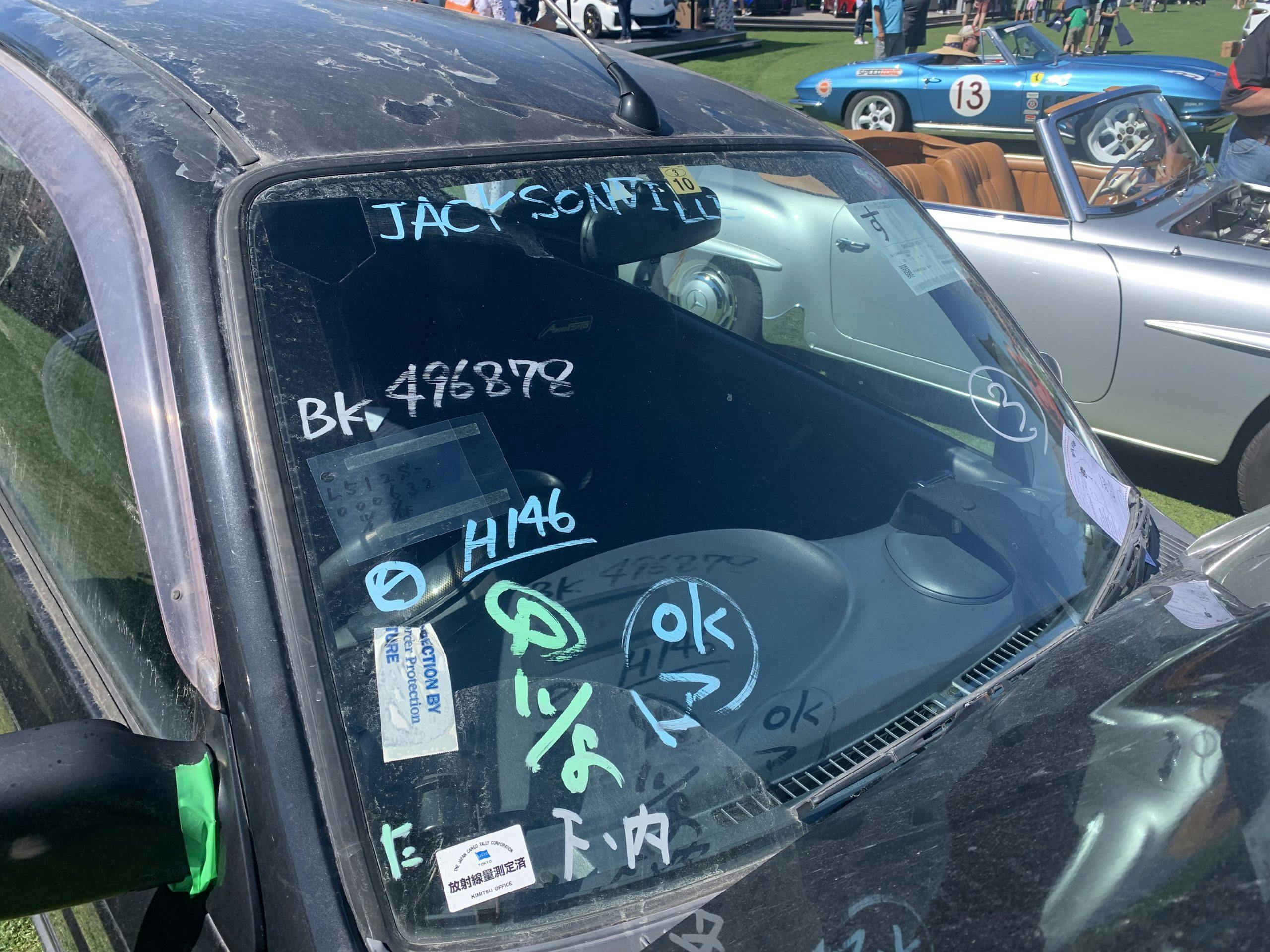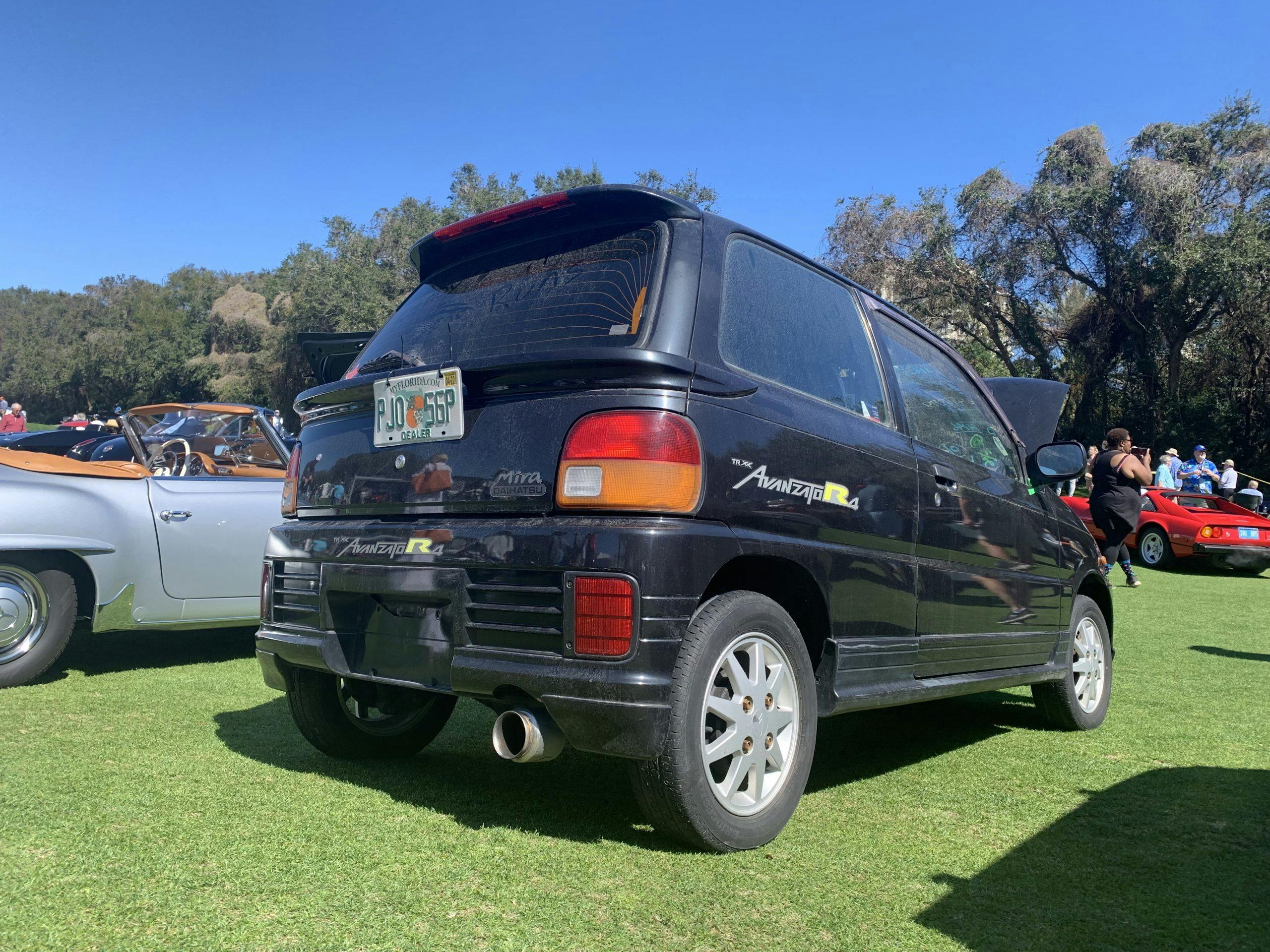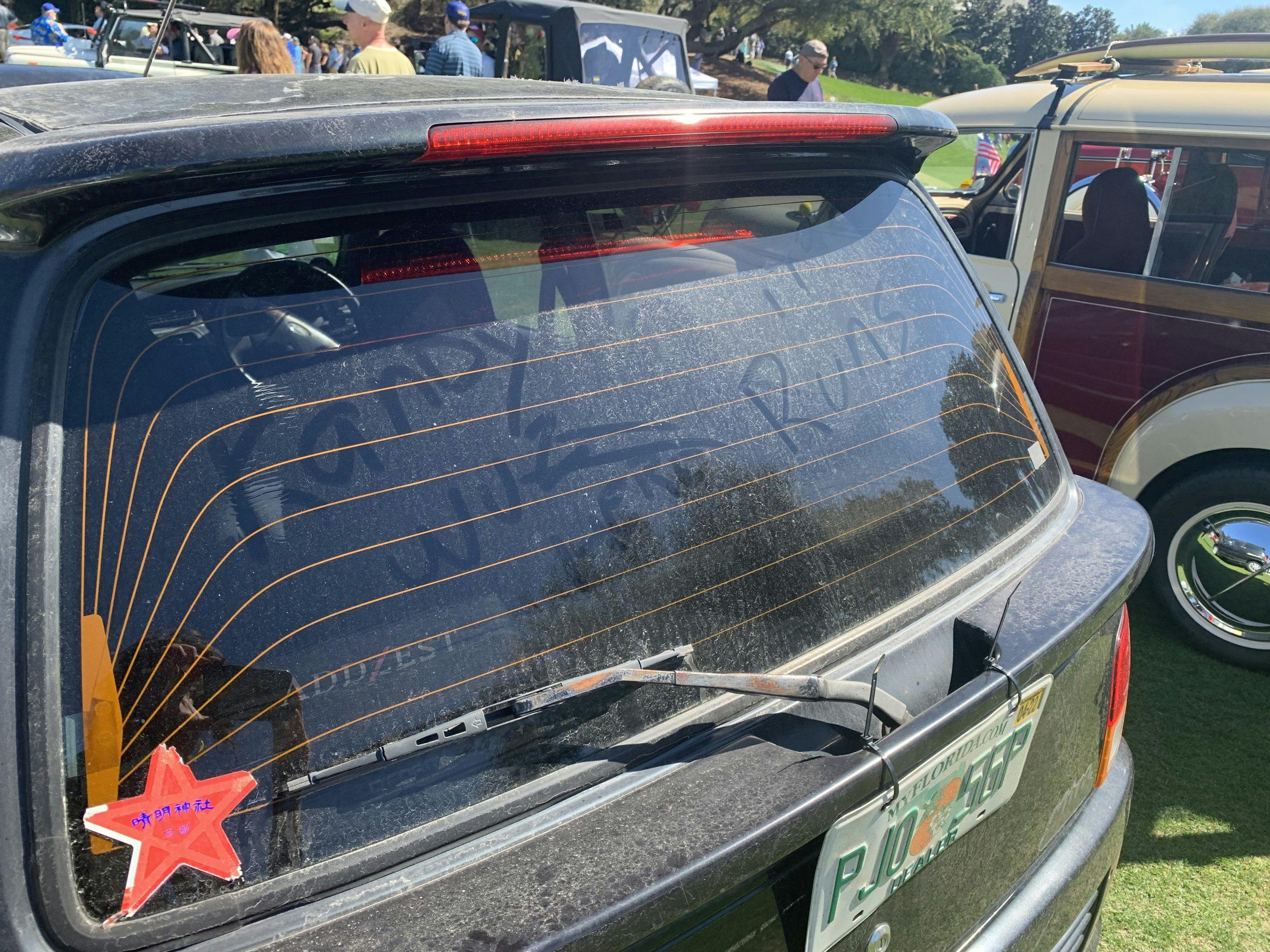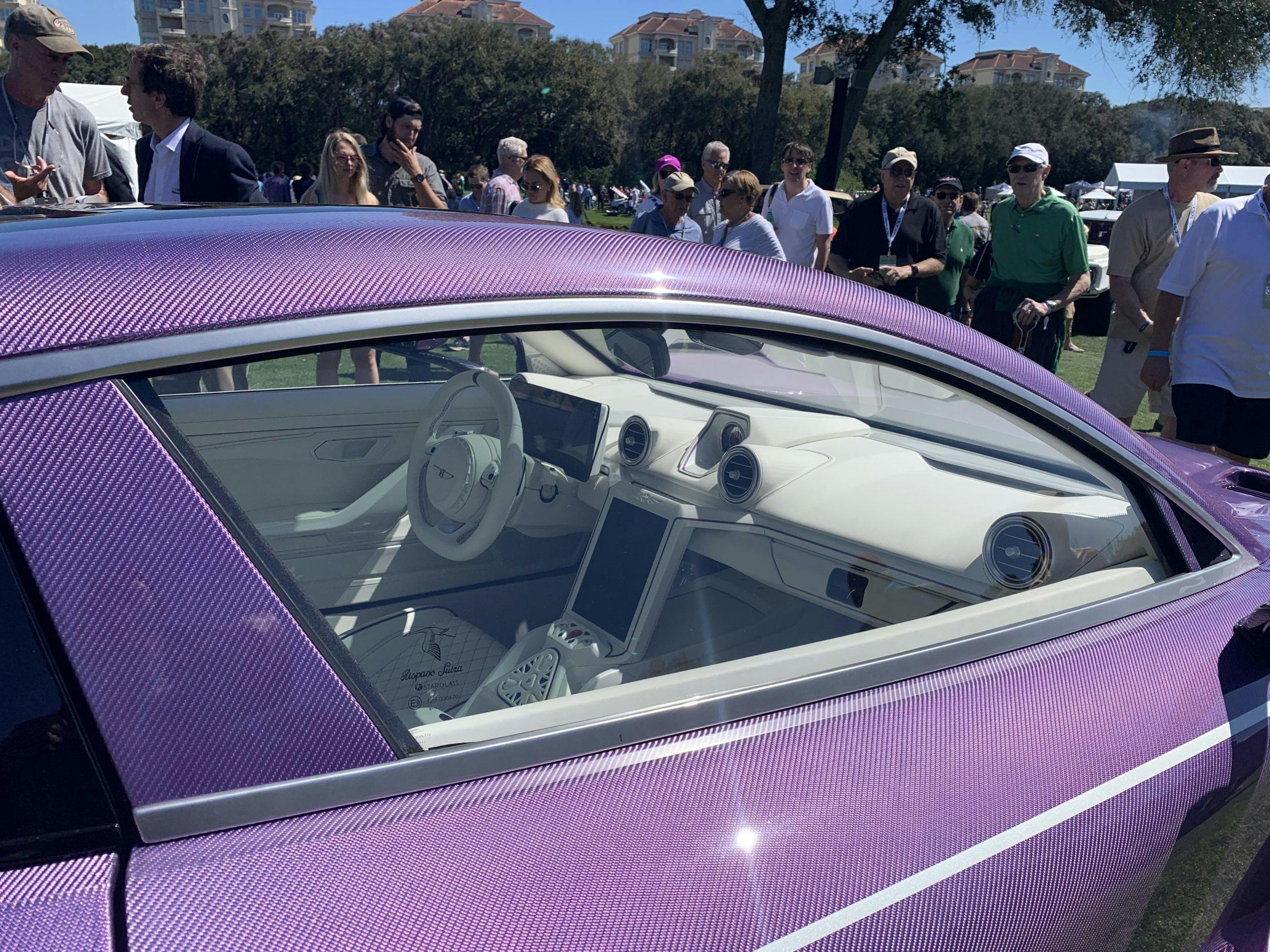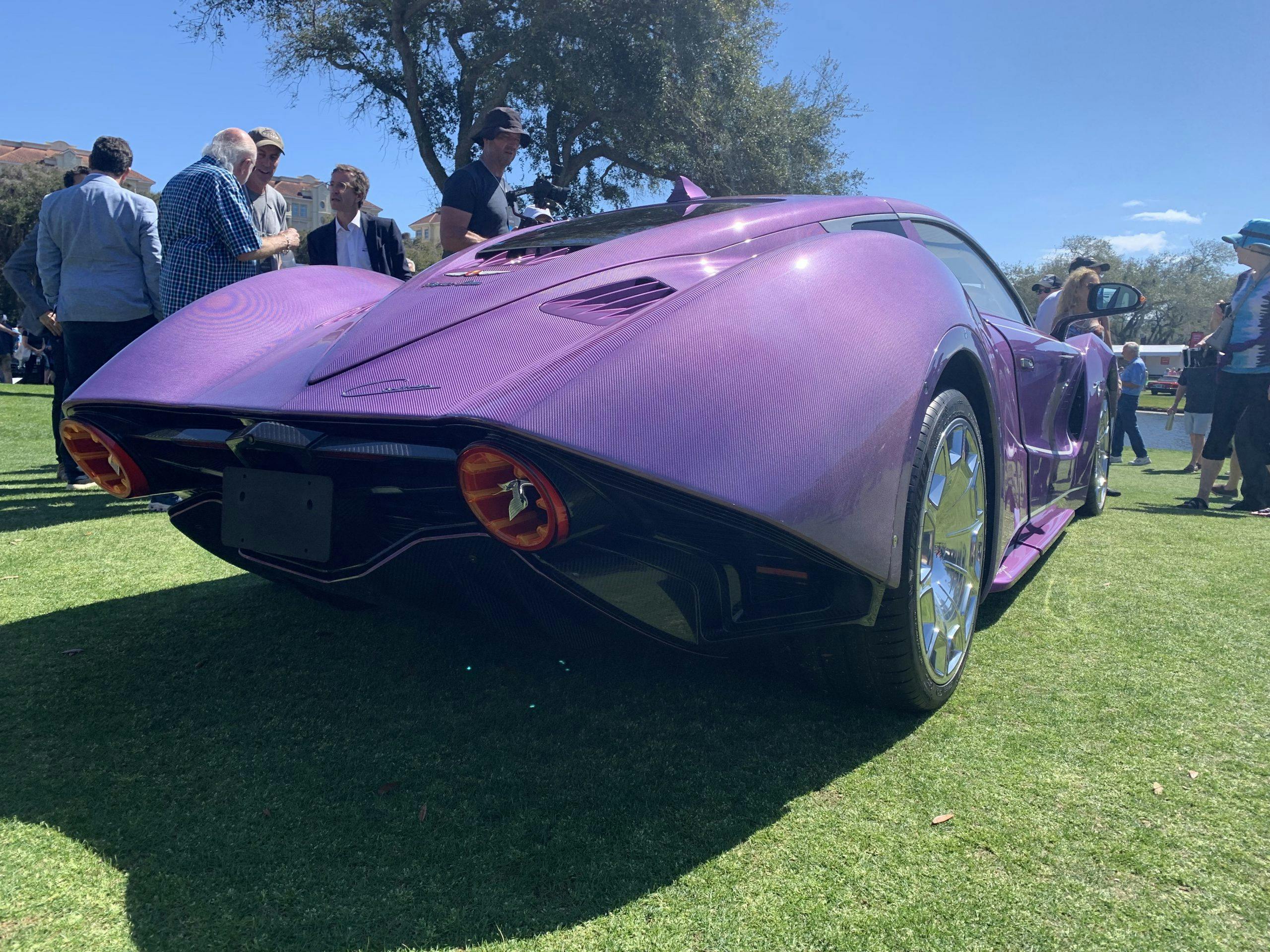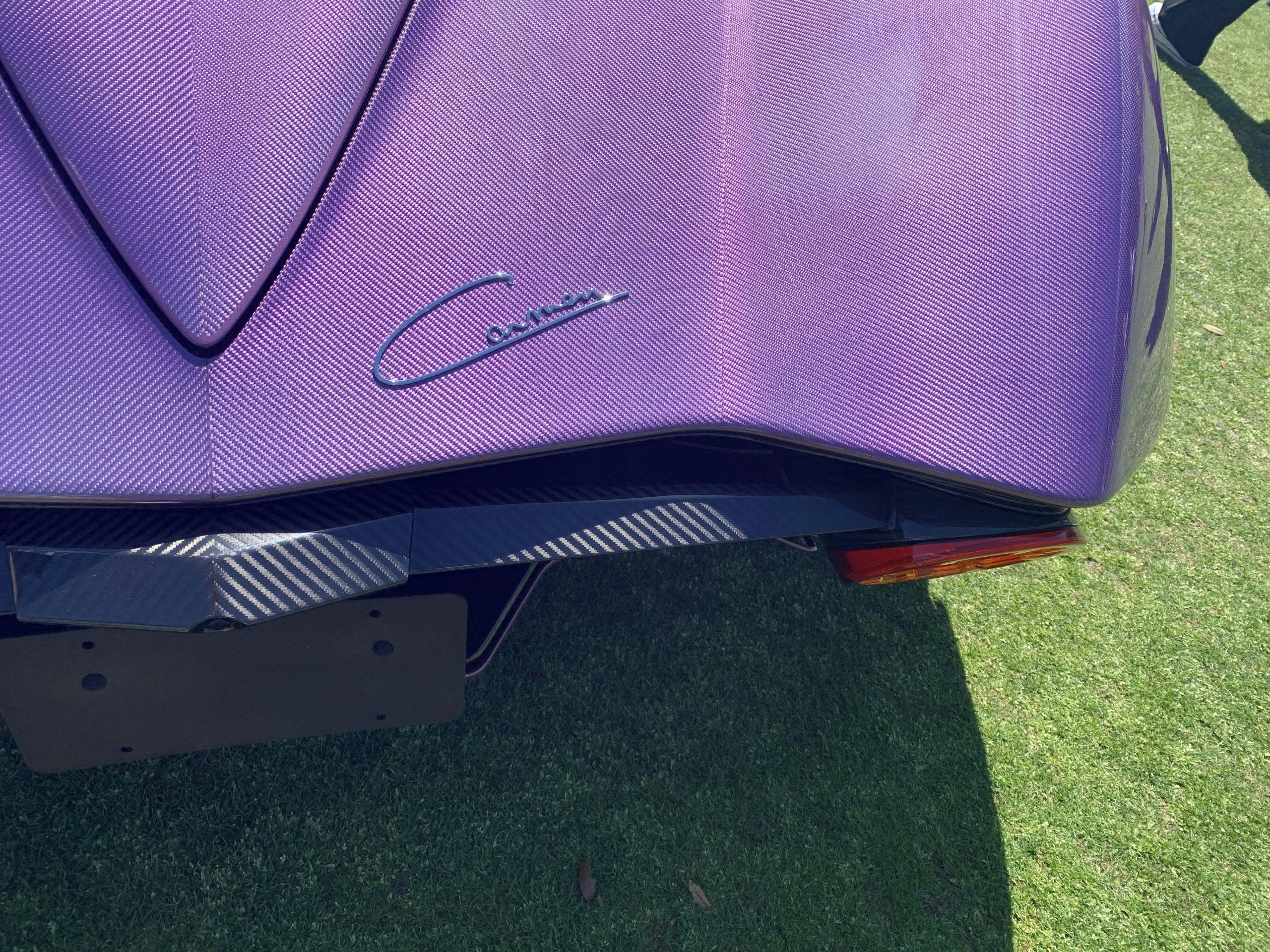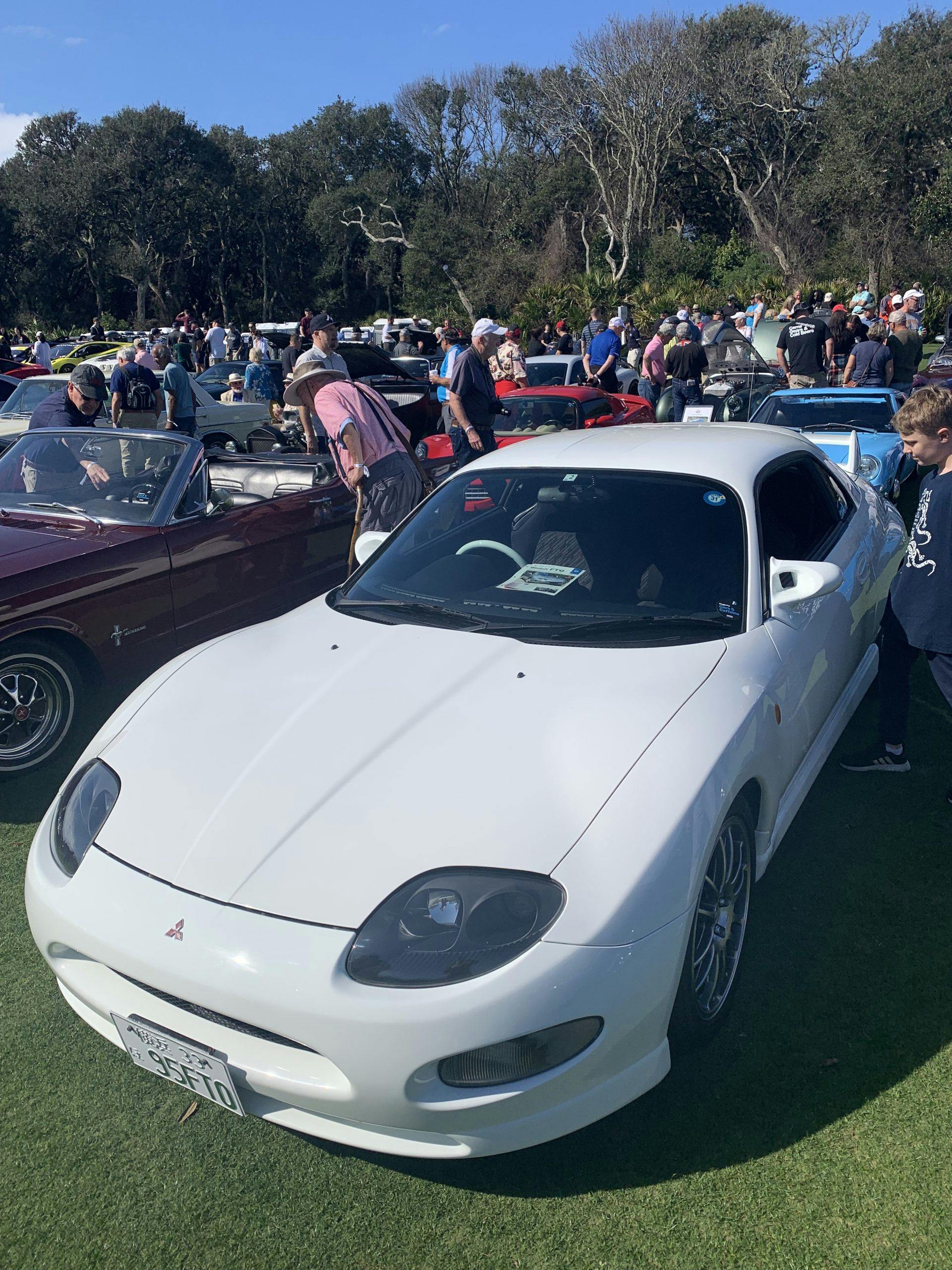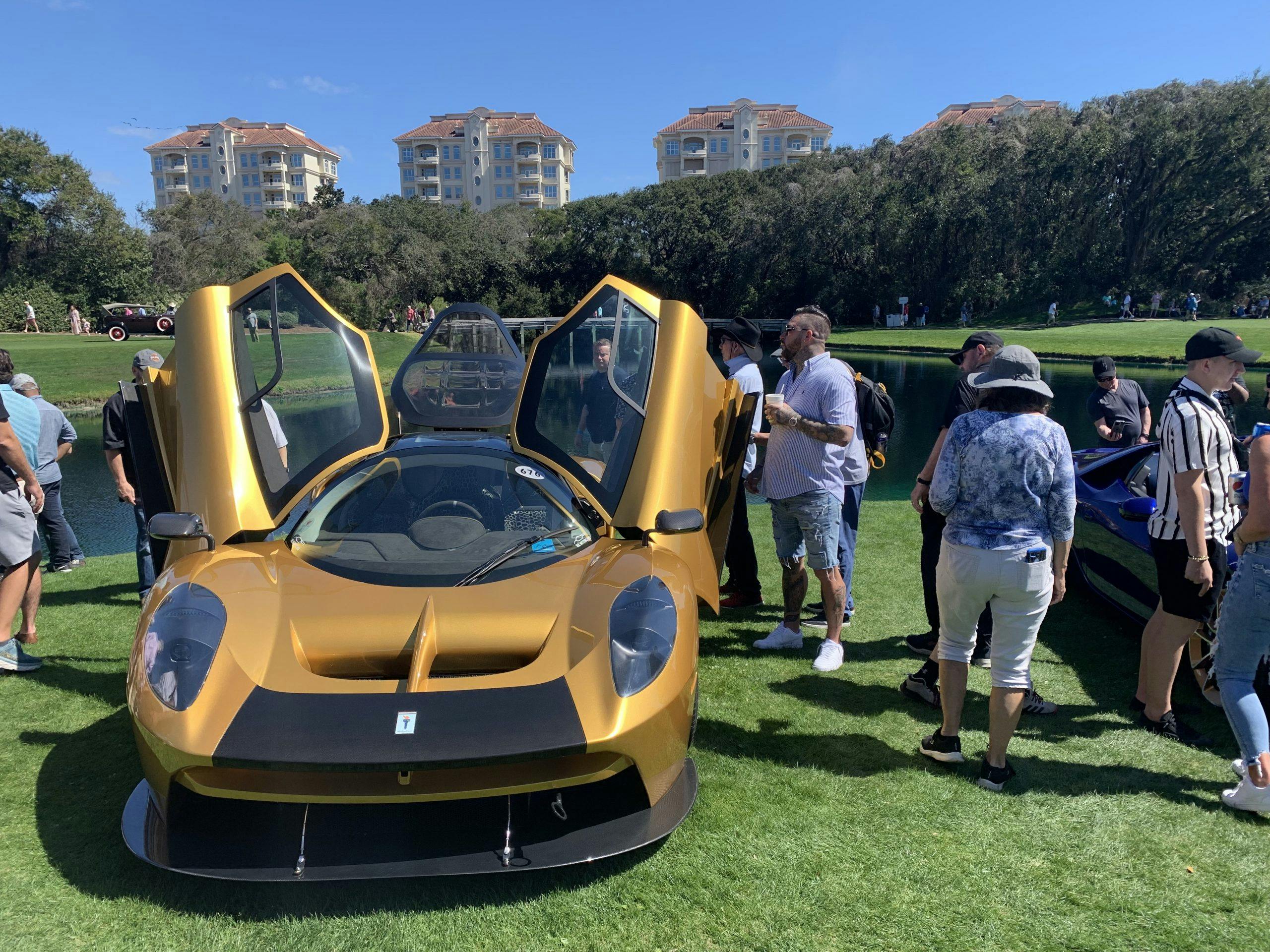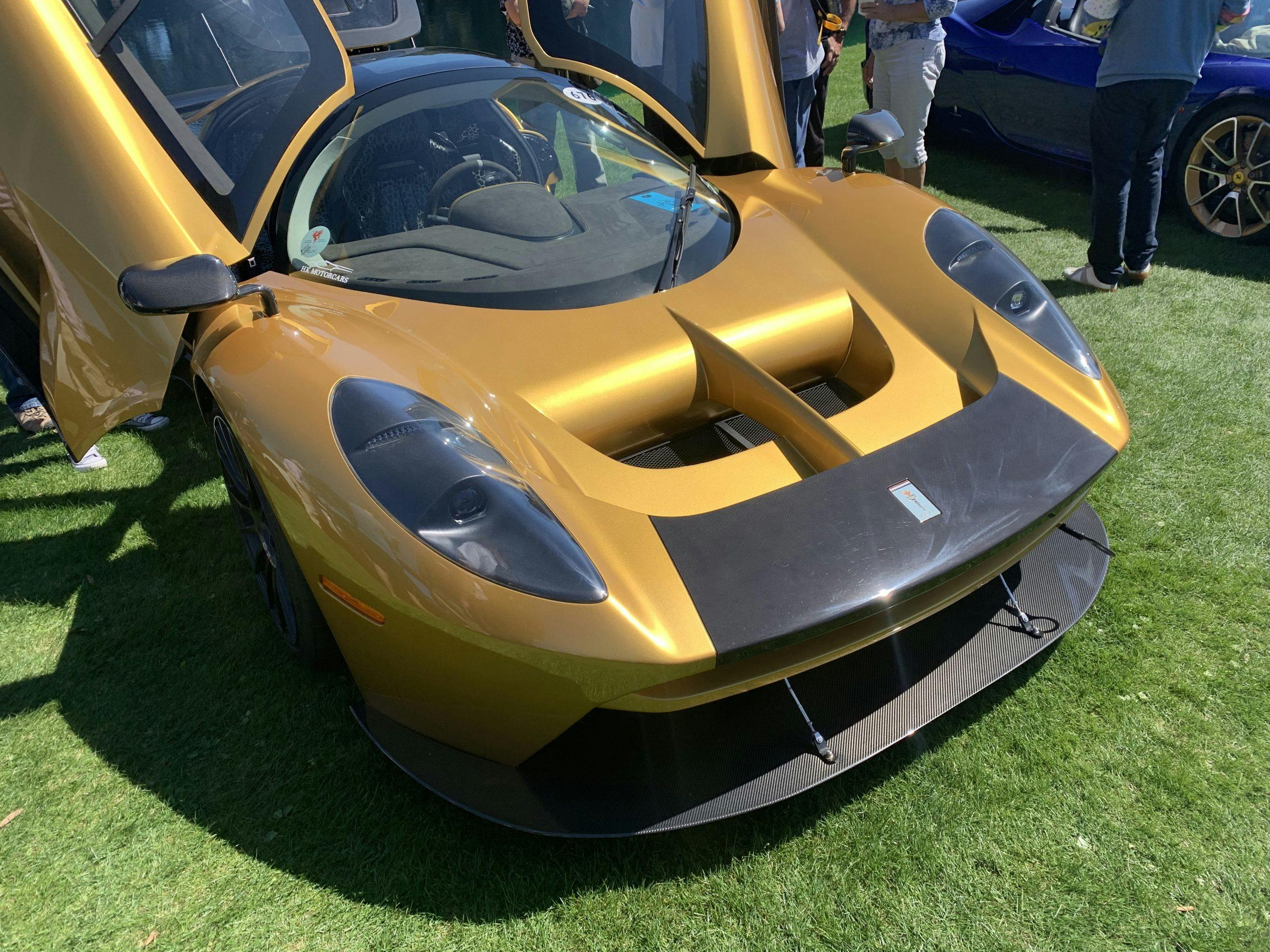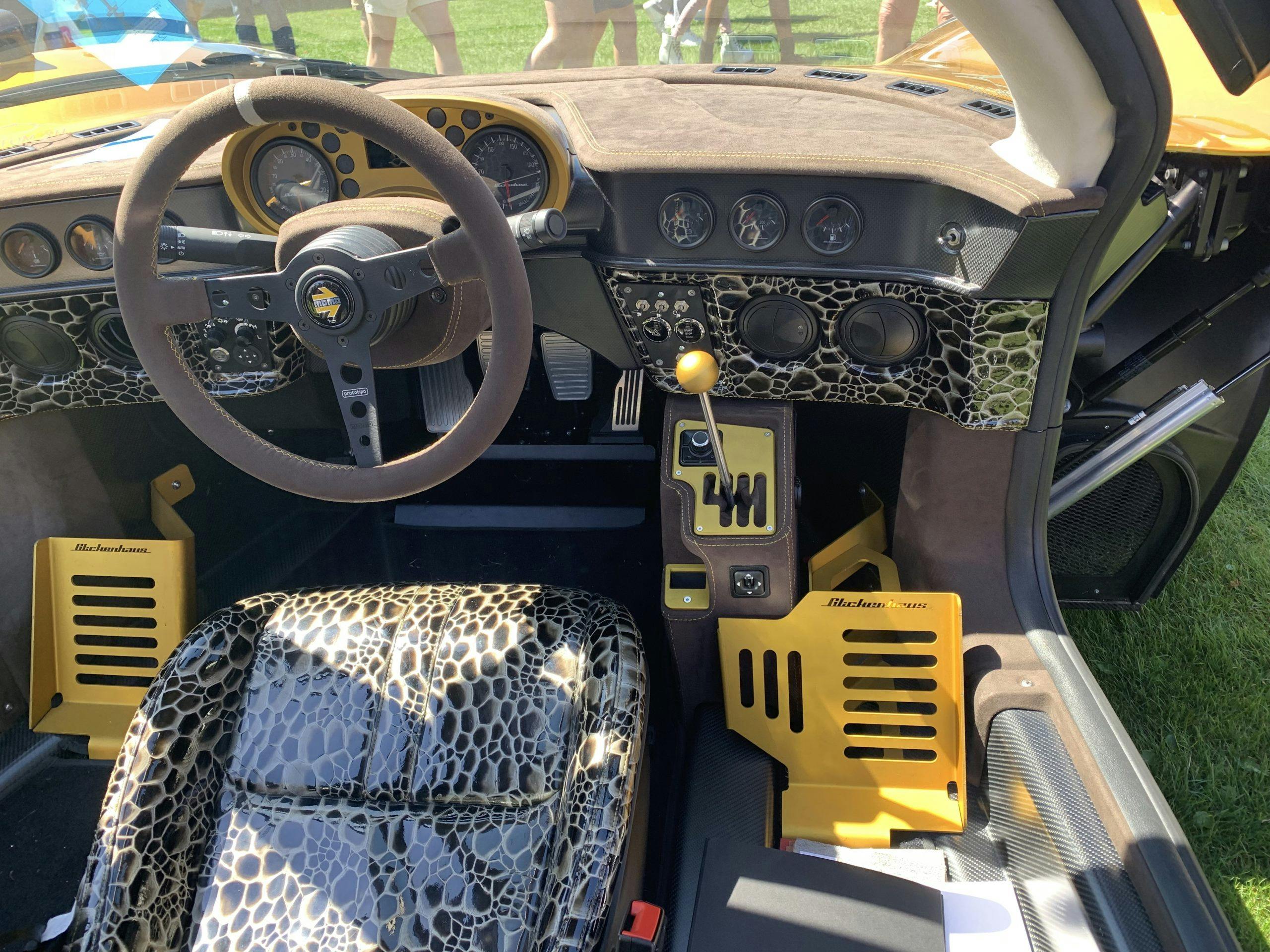6 automotive weirdos we saw at Amelia 2022
One of the reasons we love high-profile concours events like The Amelia is their ability to draw eclectic automobiles out from the woodwork. During the festivities last week we soaked up the sheer diversity of vehicles in attendance, and that includes plenty of vehicles outside the top-tier roster that actually competed in Sunday’s official Concours d’Elegance. The cars we’ve assembled below were largely part of Saturday’s less formal Cars and Community show. From a purple carbon-fiber hypercar to a diminutive kei-class hatch fresh from the transport ship, here are six vehicles from Amelia Island this year that tickled our fancy during a weekend of automotive overstimulation.
1970 Isuzu Bellett GT-R
Back in the 1960s, Isuzu introduced the Bellett in a truly impressive range of configurations: a sedan, with either four or two doors; a coupe and a fastback, each with strictly two doors; a station wagon aimed at the commercial sector; and a one-ton pickup. In 1969, Isuzu welcomed a GT-R model was to the Bellett universe. A two-door model rolling on alloy wheels and sporting appropriately racy decals, this Bellett enjoyed a bit of spunk via a 1.6-liter, 120-horse four-cylinder. Only 1400 examples were made, and few find their way out of Japan—making Mark and Newie Brinker’s orange example at the 2022 Amelia Island Concours d’Elegance quite a rare sight.
1992 Venturi Trophy 400
Though short-lived French supercar firm Venturi failed to upset the supercar status quo in the 1990s, it managed to bring a few exotic cars to market. The 400 GT wears Kevlar bodywork and claims the title of the first car to offer carbon-ceramic brakes as standard kit. Sitting amidships is a twin-turbo, 400-hp V-6 jointly developed by Peugeot, Renault, and Volvo, a variation of which powered the original DeLorean DMC-12. You don’t exactly see these everyday.
1978 Puma GTE
No, it’s not a kit car. This Puma GTE was produced in Brazil between 1970 and 1980 with a fiberglass body and VW underpinnings. This particular model started life with an air-cooled, 1600-cc four-cylinder making 53 hp. Owner Rob Raulerson, who found this outlandish coupe listed on a VW website in Illinois, says that a previous owner increased this four-pot’s displacement to 2276 cc, granting it 150 hp in total. In a 1650-pound car, that’s quite enough to excite the senses. “It drives like a go-kart on steroids,” says Raulerson, leaning back in a Bass Pro Shops folding chair. He says there are only about 100 of these diminutive Brazilian oddities registered in the United States.
Daihatsu Mira Avanzato R TR-XX
Daihatsu began making the kei-class Mira back in 1980 and didn’t halt production of the urban runabout until 2018. That’s air-cooled Beetle levels of longevity—an eternity in the automotive timescale. This particular model, which hails from the L500 series produced between 1994 and 1998, arrived on the Amelia green fresh from the cargo ship; it hadn’t even been wiped of its transport markings and film of dust. Stickers on its tiny rump proclaim it a TR-XX Avanzato 5 model, which means an inline-four cylinder sitting up front, topped by a turbocharger the size of an adult’s fist. Count yourself a Mira Avanzato expert? Drop us a comment below, we’d love to learn more about this little weirdo.
2022 Hispano Suiza Carmen Boulogne
Hispano Suiza, erstwhile manufacturer of luxury autos and airplane engines, hasn’t made a car for decades. Many who remember the marque’s origins dismiss its 21st-century Spanish reincarnation, which is supervised by the great-grandson of the original founder. However, no one could argue with sheer number of showgoers on Amelia Island who flocked to this car, the first new Hispano Suiza delivered in the U.S. in years.
With a body made of purple carbon-fiber, a face that no one recognizes, and a lavish interior upholstered in white leather, the Hispano Suiza Carmen is strange and novel in the way that exotic supercars used to be. Four electric motors on the rear axle suck electrons from a 80-kWh, 700-volt battery. You’ll get tire smoke from this 1114-hp machine, but not flames.
1995 Mitsubishi FTO GR
This Japanese-market coupe was a nostalgia play produced between 1994 and 2000 whose “FTO” moniker evoked one of Mitsubishi’s earliest sports cars, the 1971–75 Galant FTO. (That’s for Fresco Turismo Omologato, or Fresh Touring Special, when translated by Mitsubishi into English. We’re not entirely sure how that happened, either.) Unlike its predecessor, the reborn FTO was a front-driver. It did, however, offer an inline-four engine as before, in addition to a transverse-mounted, naturally aspirated V-6. The GR model upped the ante with a six-cylinder powerplant, which produced around 168 hp at 7000 rpm. The lightweight, high-revving coupe proved so popular that it leaked out of Japan and into the U.S. through grey-market channels; this example’s presence at The Amelia’s Cars and Community event proves that the letters “FTO” still possess a magnetic attraction outside of their home market.
Bonus Round: Glickenhaus SCG 004S
The road-legal version of Scuderia Cameron Glickenhaus’ (SCG) GT3 race car isn’t goofy or odd, but it is outrageous … so we’re granting it “bonus round” status on this list. A supercharged V-8 engine hunkers in the rear of this three-seater (think McLaren F1), paired to a gated six-speed manual. This pre-production prototype showcases the eye-popping color and material combinations available from the New York–based boutique manufacturer, which also campaigned in the top class of Le Mans with the SCG 007 Hypercar in 2021. SCG will be back for round two this year.
Fun fact: Each 004S is built by four people in eight 10-hour days. Founder Jim Glickenhaus describes the build process as assembling Lego pieces. “There’s no drilling, sawing, or filing,” he says—if a component doesn’t fit, the company ships it back to the supplier.
